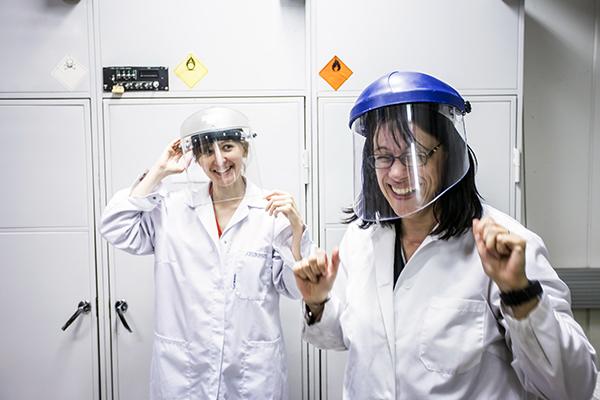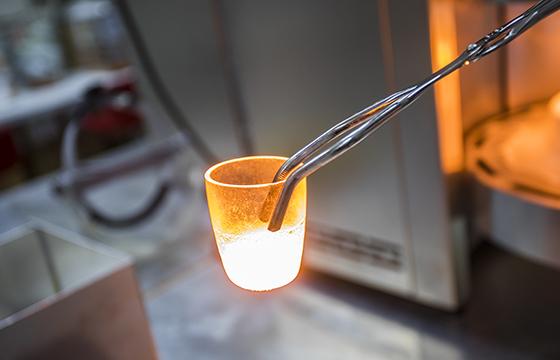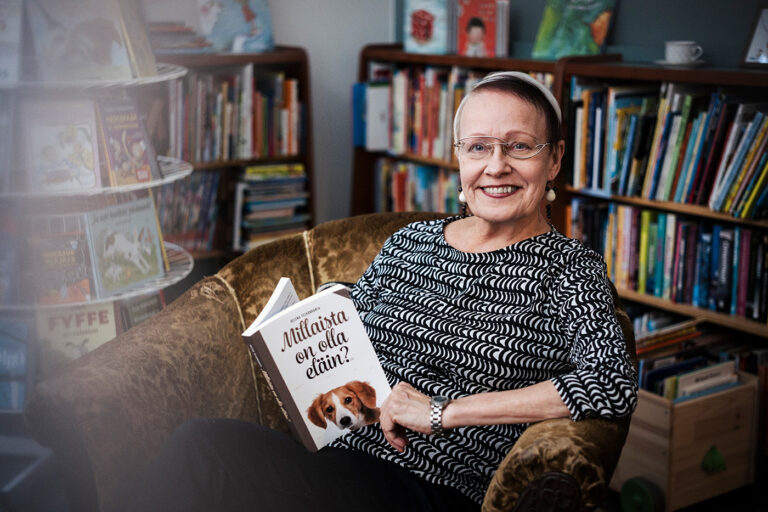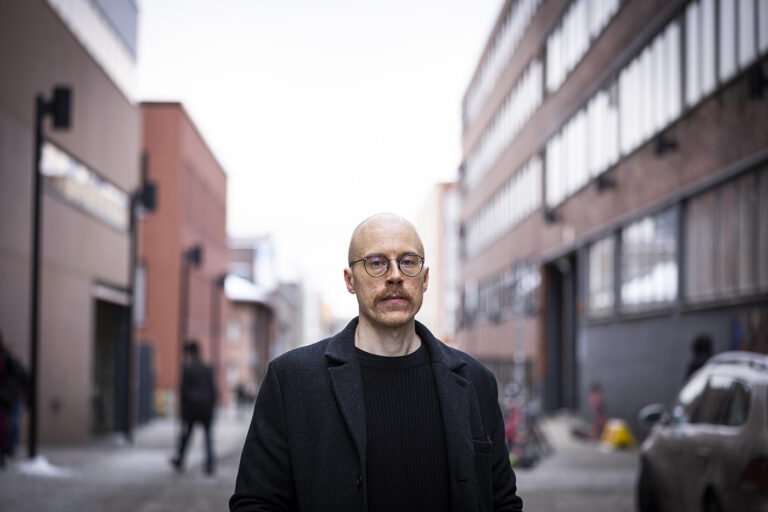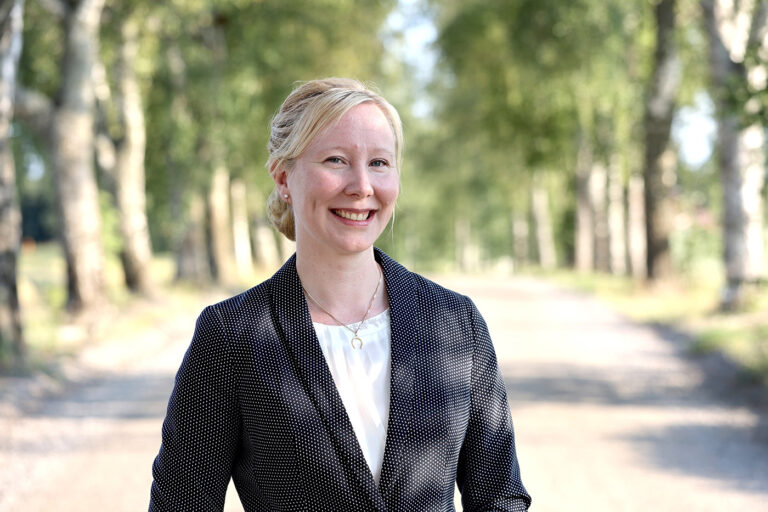Arkeologia kohtaa lasitaiteen ja fotoniikan
Kiinalaisen Song-dynastian (960–1279) kausi tunnetaan hienostuneesti lasitetusta keramiikastaan. Nyt monialainen tutkimusryhmä analysoi alkuperäisistä näytteistä muun muassa lasituksen optisia ominaisuuksia ja värejä. Tuloksia hyödynnetään paitsi edistyneissä fotoniikan sovelluksissa myös modernissa lasitaiteessa.
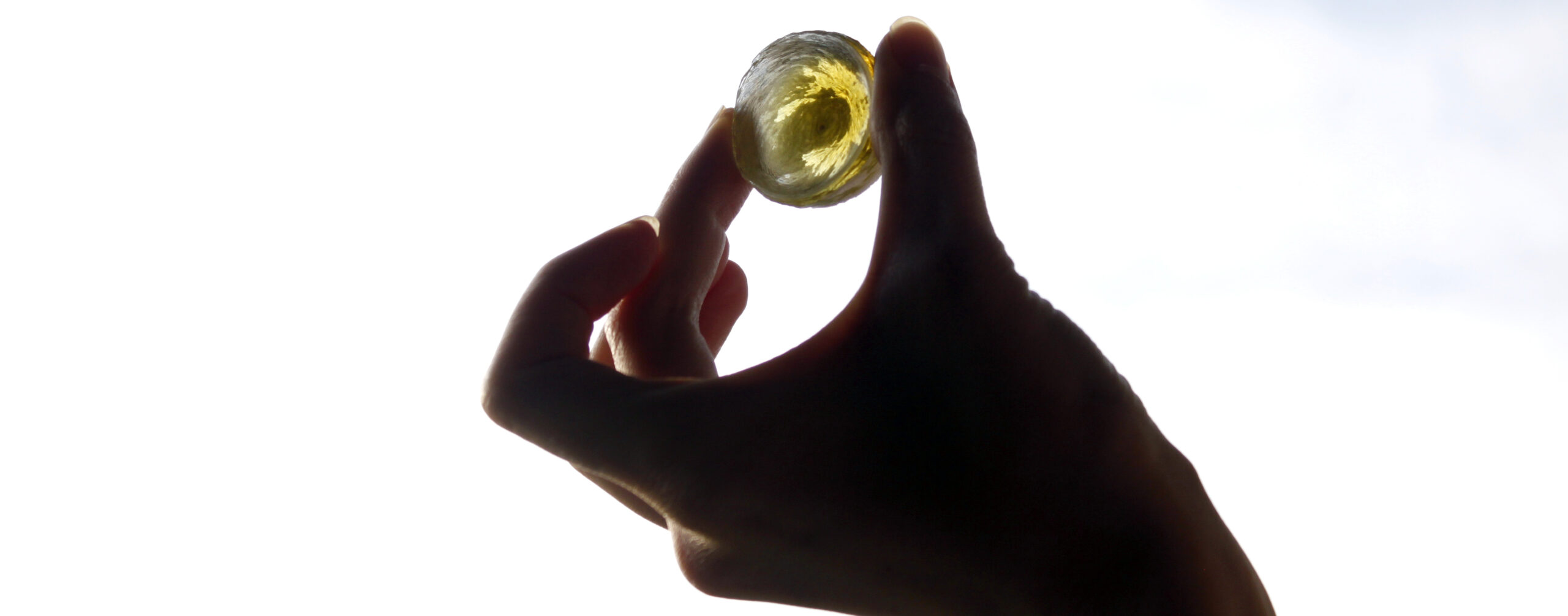

When archaeology meets contemporary glass art and advanced photonics
Ancient Chinese ceramics have intrigued people for their beauty. Moreover, they can provide new information for the scientists and artists. Tampere University has had the unique opportunity to analyze a set of glaze samples dating back to Song Dynasty (960–1279 AD), a period known for its elegantly glazed ceramics. Glazing means a thin layer of glass decorating the surface of the pottery. Specific glazes were chosen for this project based on their color and texture which are due to the presence of crystals and metallic particles. Especial interest is in tiny gas bubbles inside the glaze, the interior of bubbles being covered with an exceedingly fine translucent nano-crystalline film.
The samples were provided to the Tampere University for research by Æli Barjesteh, the Director of ASET Stiftung Ltd. The composition of glazes has been analyzed to identify the elements in the glazes and also to evidence the presence of bubbles and crystals. This analysis not only provides information of ancient Chinese glazes but opens up the opportunity to design new materials for both photonics and contemporary glass art based on the composition of the glazes.
The research conducted by Professor Laeticia Petit at Tampere University as part of the PhotonArt project has for objective to develop glasses with similar elements and textures than those found in ancient Chinese glazes. The new glasses are designed with properties suitable for photonics applications, which is the main research activity of Professor Petit and of the research performed during the first year of the project by Reynald Ponte. The findings can be also applied in art as the glazes have beautiful reflectance and impressive colors. Glass artist Ella Varvio is exploring these colors in her blown glass artworks.
The research by Reynald Ponte has investigated the connection between the color of the glaze and their composition. Different advanced scanning methods like scanning electron microscope, X-ray fluorescence and Raman mapping were used to evidence the presence of bubbles and to identify the elements present in the glazes. For Petit, this first step of PhotonArt project has allowed the team to advance the fundamental understanding of glass structures and optical property relationships.
The new set of materials and colors reveal huge potential.
Based on the composition analysis, it is possible to create new glass recipes for artistic use and in this project, various glasses have been prepared with similar colors to those of the Chinese glazes. Ella Varvio’s art combines blown glass with engravings and illustrations. For Varvio, the new set of materials and colors reveal huge potential. She considers a privilege to get tailored colors to work with; melting the glasses, blowing and sculpting them, grinding and engraving will reveal how the glasses suit for small studio use.
Next step in the project is to work on the development of novel active optical glasses which contain also metallic nanoparticles as in the Chinese glazes. Understanding the formation of metallic nanoparticles in glasses with various compositions will have a significant impact on the photonics community as this work will lead to the development of new glasses with enhanced spectroscopic performance, useful for optical device applications for example. This will also impact other science related communities, for example metallic nanoparticles in bioactive glass could be used as new biomedical devices.
– This PhotonArt project allows us to also promote the research conducted at Tampere University on Glass Science which is of great importance especially since United Nations approved 2022 as the International Year of Glass. Indeed, although glass supports many vital technologies and facilitates sustainability and a green world, glass material yet often goes unnoticed, Petit says.
In 2020 the Pirkanmaa Regional Fund awarded a grant to Professor Laeticia Petit and her working group. The grant was awarded for a multidisciplinary three year Art-Science project aiming to design unique contemporary glass art master pieces and photonics materials inspired by ancient and historic Chinese glazes.
